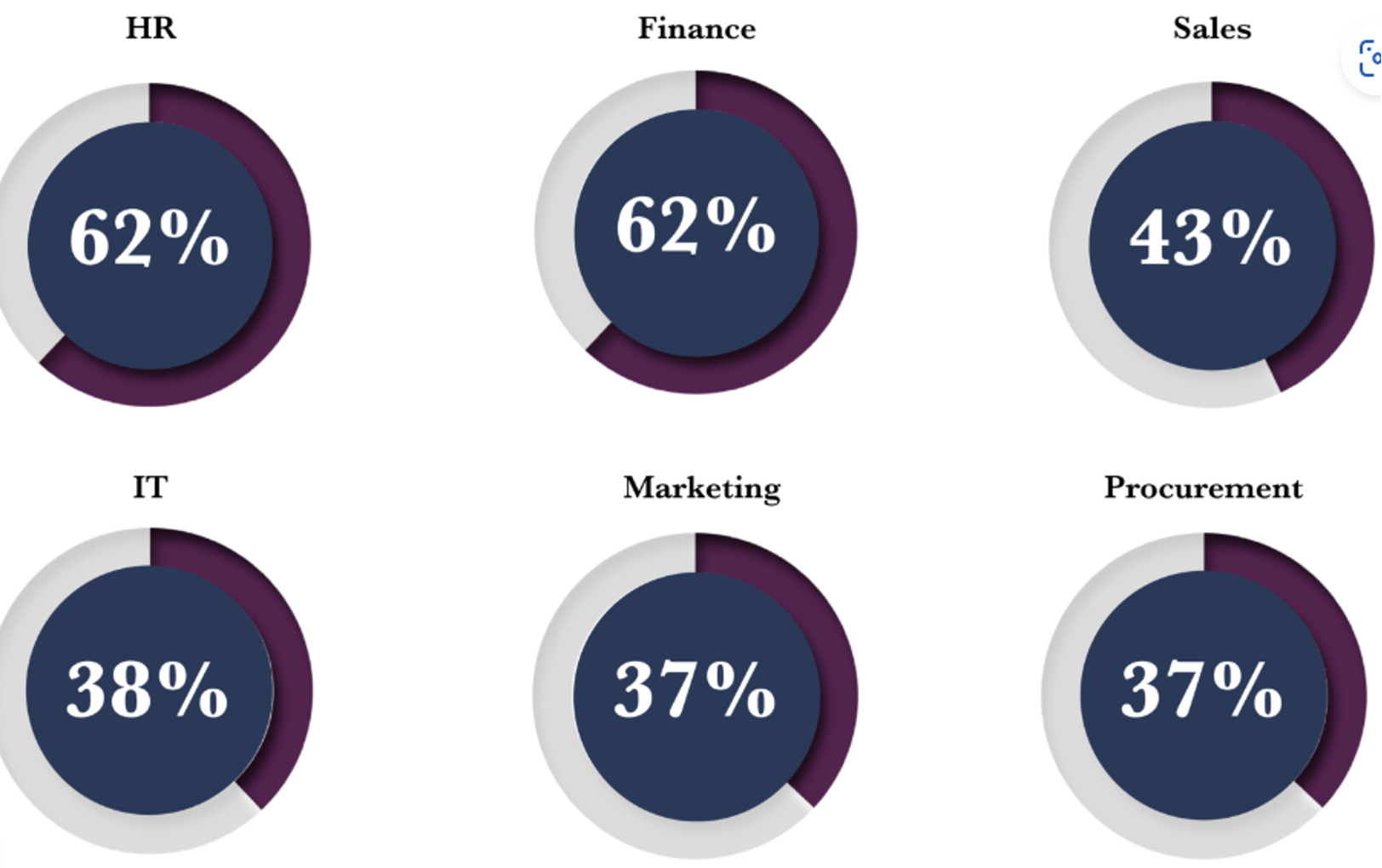
Corporate legal departments have frustrations that risk management and other control functions can identify with: Business units regard them as obstacles to be avoided and do not appreciate the positive contributions that they are capable of making.
The Enterprise Legal Reputation Report, based on a survey commissioned by legal workflow technology company Onit, finds that the tendency to bypass reviews and procedures is grounded in outdated assumptions about legal departments and can leave organizations vulnerable to risk in ways that risk professionals need to be aware of.
The survey in 2022 of 4,000 enterprise employees and 500 corporate legal professionals in the U.S., U.K., France and Germany probed perceptions of the legal department and internal interactions with it, and explored legal’s potential influence on top-line revenue, bottom-line results and efficiency, innovation and transformation.
Two out of three (65%) respondents said they knowingly bypassed legal policies, leaving companies vulnerable in a multitude of ways, notes Brad Rogers, senior vice president of strategy and growth at Onit. The U.S. bypass percentage, 53%, was the lowest of the four countries.

Onit’s Enterprise Legal Reputation Report shows percentage of employees in each function who “indicate a positive relationship with legal.”
The Costs of Exclusion
Risks arising from bypassing legal can be both commercial and legal, according to Robert Mignanelli, vice president/COO, legal, at health care company Haleon.
“Commercially, risks related to costs, service delivery, revenue generation and the ability to get products to market can be created when legal has not been part of the team throughout the process,” Mignanelli says. “The final commercial approach may not be feasible from a legal perspective or may involve risks not contemplated by the business.”
“On the legal side,” he adds, “risks related to indemnities, warranties, limitation of liability, service levels, counterparty delivery obligations, and termination can be created if legal is not part of the project team from inception.”
Perceived Bottleneck
Risks can lie dormant for years, only to reveal themselves when a specific event or mishap occurs.
“Most large companies have seen some sort of investigation or regulatory filing, or perhaps even a lawsuit or litigation that surrounds something that was done in the past,” Rogers says. “And now is the time that the problem comes to light. It could be that it was never really properly reviewed or scrutinized, and it has been a ticking time bomb in terms of potential risks.”
An organization or individual may shortsightedly assume that legal review only adds cost and time to an approval process.
“There is this need for speed, and the perception is often that legal creates a bottleneck,” Rogers says. ”Those 65% [who avoid engagement] cite the perception of bureaucracy, inefficiency and poor responsiveness. And many have the belief that legal doesn’t understand business needs, which is very interesting.”
The result can be blind spots in proposals or design approaches. And an organization may waste time and money on faulty product launches or go-to-market strategies, Rogers says.
Benefits and Opportunities
Rogers and Mignanelli agree that negative views of the role of legal are unfortunate and misplaced. Modern legal departments can be highly efficient and have an impact on both top and bottom lines. Revenue benefits can come from streamlining and automation of a number of processes, Mignanelli says, such as “contracting, product review, vendor management and advertising review, and technology implementation. [Legal] can also work with the business to ensure that policies and procedures don’t create additional cycles or churn, [in order to] reduce costs and facilitate business objectives.”
Mignanelli believes that legal is uniquely positioned in the organization to identify opportunities for growth and risk reduction because it works across the organization. It can “work with business functions to create ‘fit-for-purpose’ policies and practices . . . and can effectively assist in the protection of assets such as brand, reputation and financial,” he says.
Rogers says it is important for legal professionals to understand the negative view that many may have of their role, and to work to change those attitudes. The legal department should look to improve efficiencies, have lawyers spend more time on matters that drive business success, and reduce time spent on bureaucratic processes.
Culture and Collaboration
There is also an important role for technology, Rogers says. Flexible workflow tools can help an organization track and monitor tasks, projects and processes and thereby reveal risks and ways to mitigate them.
To encourage the necessary change in culture, Mignanelli says legal executives and managers should be proactive in identifying opportunities for enabling businesses objectives, reducing risks and protecting assets, and in communicating those opportunities throughout the organization.
“View each of these through the lens of your business colleagues – your clients – and not just through a legal lens,” Mignanelli advises. “This approach will lead to legal being viewed as part of the solution team, as opposed to being a necessary ‘checkbox.’”
Topics: Enterprise